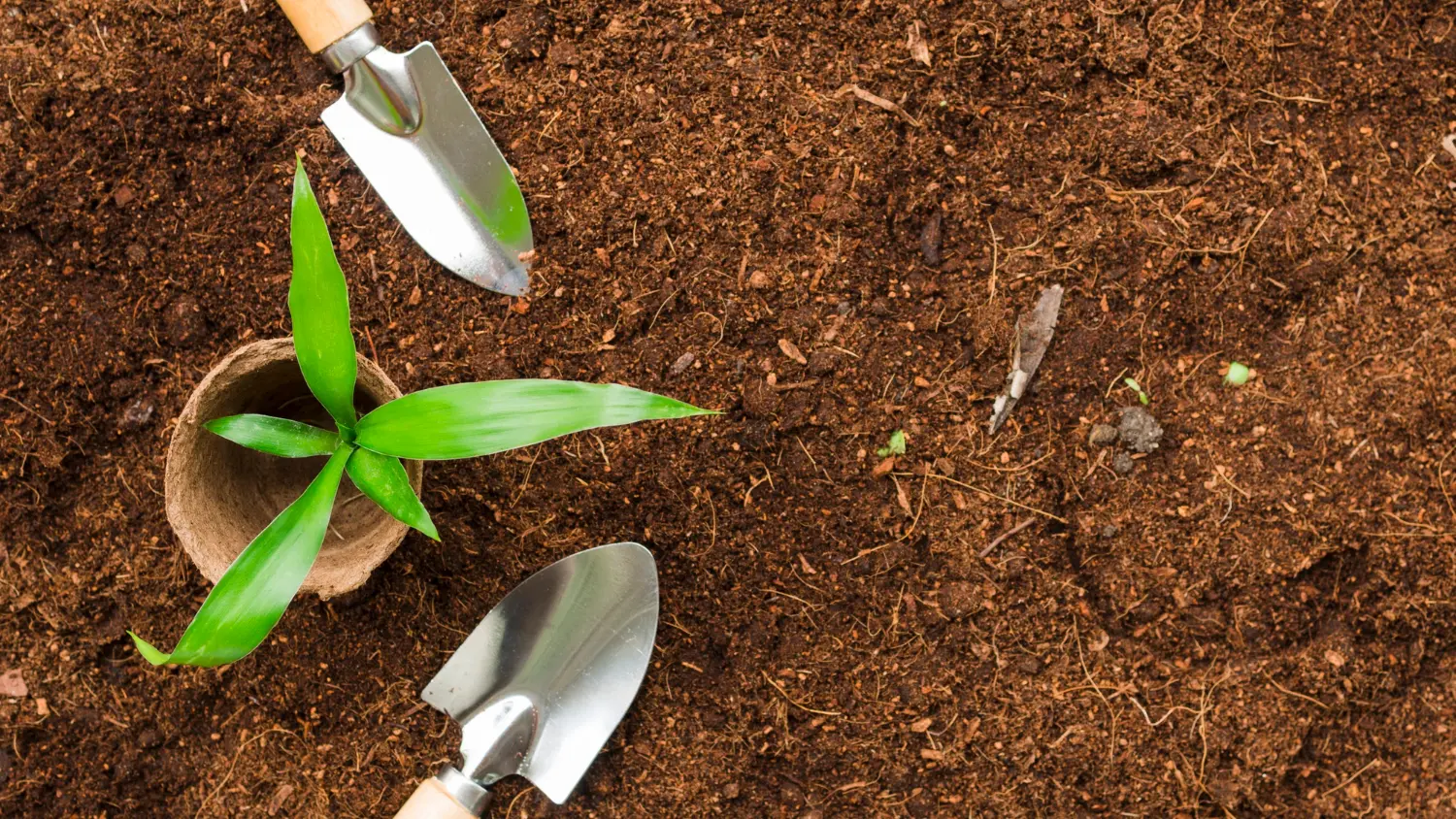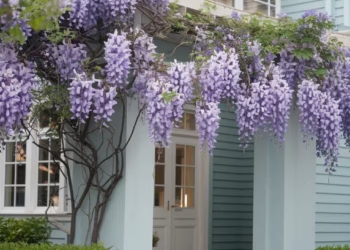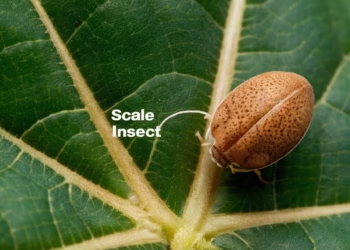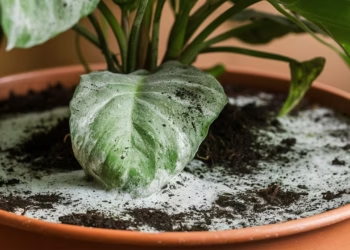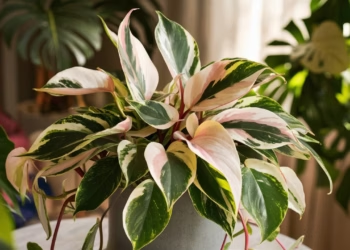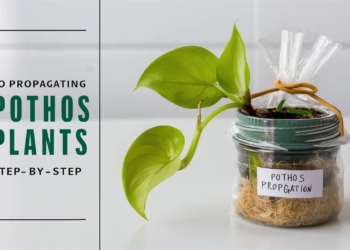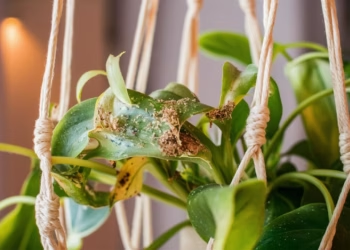So, you’re dreaming of a thriving home garden, but there’s just one tiny hitch: shade. Whether it’s from tall buildings, towering trees, or other garden structures, finding plants that thrive in low-light conditions can be a bit of a puzzle. But worry not! There are plenty of delicious vegetables that grow in the shade, ready to fill your plates with homegrown goodness. In this guide, we’ll dive into the best vegetables to grow in shade and how to turn your ultimate home garden into a shady sanctuary.
Table Of Contents
Understanding Shade in Your Garden
Before we jump into the veggies, let’s talk about the types of shade. Understanding your garden’s shade levels can help you select the right plants.
Types of Shade
- Partial Shade: Gets about 3-4 hours of direct sunlight or filtered sunlight throughout the day.
- Dappled Shade: Light filtered through trees, creating a mix of sun and shadow.
- Full Shade: Less than 3 hours of direct sunlight, usually with indirect light the rest of the day.
Knowing which category your garden falls into will make a huge difference in your planting success.
Best Vegetables to Grow in Shade
Now, onto the fun part-choosing your veggies! Here are some fantastic options that thrive in lower light conditions.
Leafy Greens
Leafy greens are shade superstars. They don’t need much sunlight and can be harvested continuously.
Spinach 🌿
- Light: Spinach grows faster and retains its sweetness in shaded areas with 4-6 hours of sunlight daily, making it less likely to bolt.
- Water: Keep soil consistently moist
- Varieties to Grow: Space, Bloomsdale, Tyee, Olympia
Lettuce 🥬
Lettuce is an excellent choice for shaded gardens. Its cool roots are a significant advantage, preventing the plant from bolting and extending its growing season.
- Light: 4-6 hours of sunlight daily.
- Water: Regular watering to keep the soil consistently moist
- Varieties to Grow: Iceberg, Summer Crisp, Butterhead, Romaine, Flashy Trout Back
Kale 🌱
- Light: shaded areas to avoid bitterness. A nd just 4-6 hours of sunlight daily
- Water: Water 1 inch per week
- Varieties to Grow: Toscano, Winterbor, Red Russian, Dinosaur
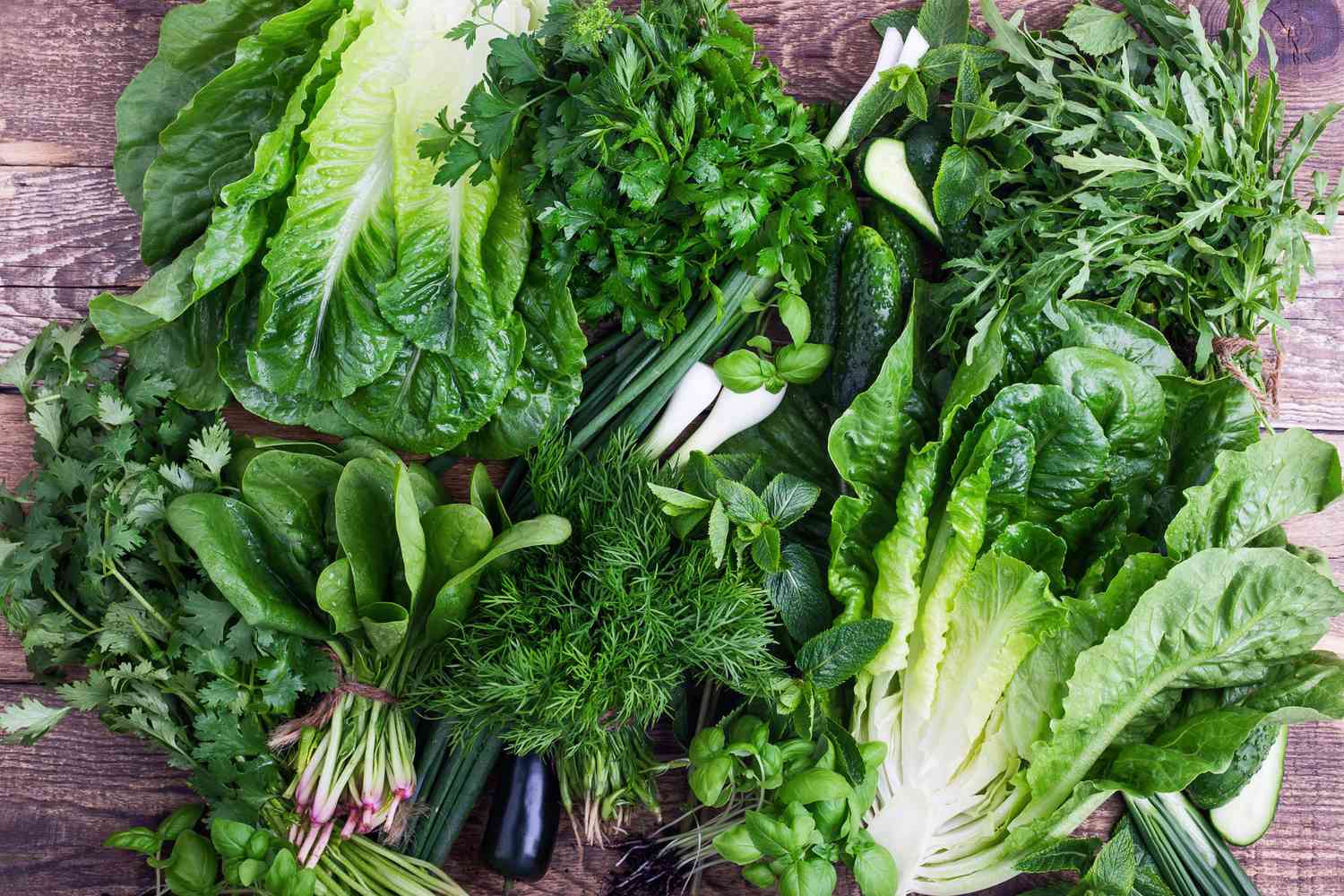
Root Vegetables
Some root veggies are surprisingly shade-tolerant and can yield a good harvest even with limited light.
Beets 🌻
- Light: 4-6 hours of sunlight daily
- Water: Water when the top inch of soil is dry
- Temperature: Beets thrive in cooler temperatures and shaded environments, producing sweet, tender roots.
- Varieties to Grow: Detroit Dark Red, Chioggia, Golden Beet, Cylindra
Radishes 🌸
- Light: Radishes prefer cooler climates and shade to prevent them from becoming woody or pithy. And 6-8 hours of sunlight daily
- Water: Consistently moist soil
- Varieties to Grow: Cherry Belle, French Breakfast, Daikon, Watermelon Radish
Carrots 🥕
- Light: Carrots prefer shaded areas to prevent bolting and ensure sweet, tender roots. And need 4-6 hours of sunlight daily
- Water: Deep watering to encourage root growth
- Varieties to Grow: Nantes, Danvers, Imperator, Chantenay
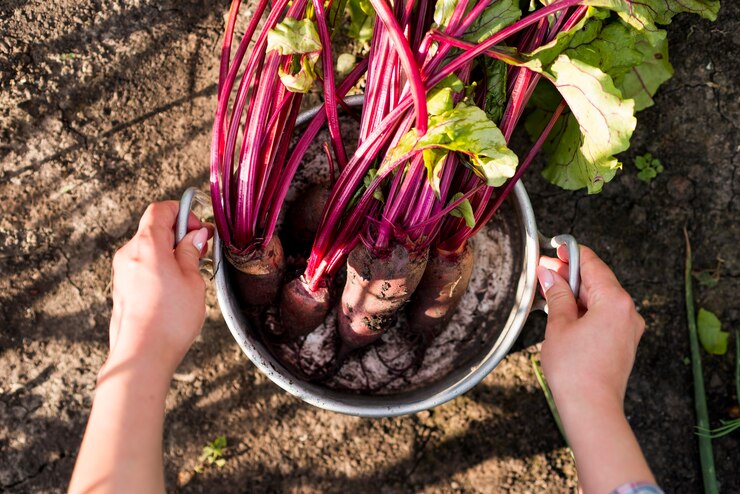
Brassicas
These cool-season crops prefer a bit of shade, especially in warmer climates.
Broccoli 🌼
- Thrives in partial shade.
- Packed with nutrients.
Cauliflower 🌷
- Needs partial shade.
- Delicate flavor and versatile.
Cabbage 🌹
- Does well in partial shade.
- Perfect for coleslaw and stews.
Brussels Sprouts🌼
- Light: 6 hours of sunlight daily
- Water: Deep watering twice a week
- Varieties to Grow: Long Island Improved, Diablo, Trafalgar, Jade Cross
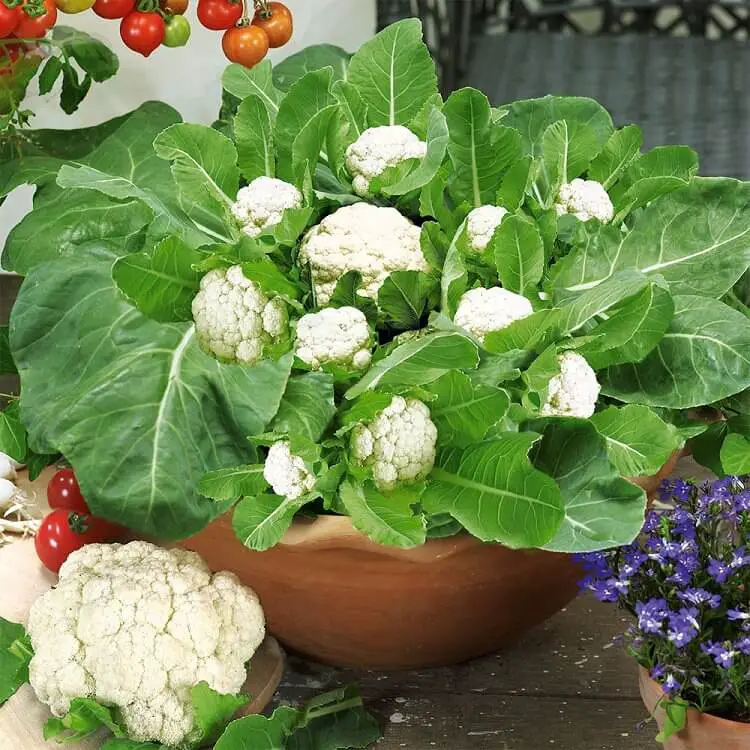
Herbs
While not technically vegetables, herbs are a fantastic addition to any shady garden.
Mint 🍃
- Thrives in full to partial shade.
- Great for teas and culinary uses.
Parsley 🌿
- Prefers partial shade.
- Freshens up any dish.
Arugula🌿
- Light: Does well in shaded spots with 4-6 hours of sunlight daily, maintaining its tender leaves and peppery flavor.
- Water: Regular watering to keep soil moist
- Varieties to Grow: Astro, Sylvetta, Rocket Salad
Cilantro 🌱
- Does well in dappled shade.
- Essential for salsa and curries.
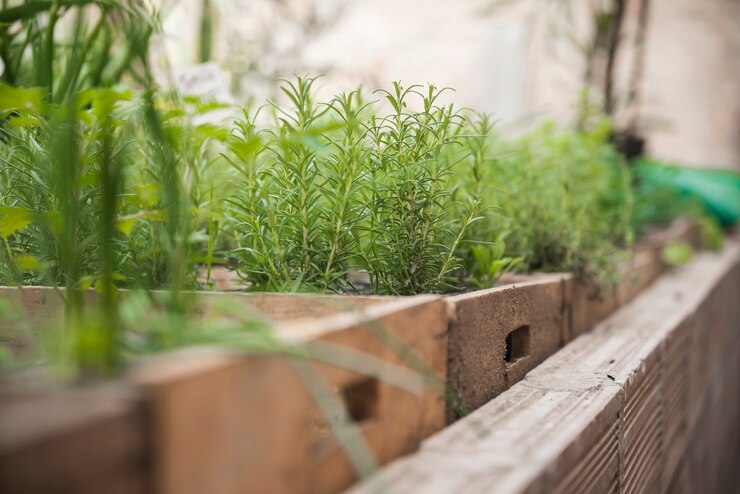
Tips for Growing Vegetables in Shade
Growing veggies in shade comes with its own set of challenges, but these tips will help you maximize your harvest.
Soil and Water
- Improve Soil Quality: Add compost or well-rotted manure to enrich the soil.
- Water Wisely: Shady areas can stay moist longer, so water less frequently but deeply.
Spacing and Planting
- Proper Spacing: Ensure enough space between plants for air circulation.
- Reflective Surfaces: Use white or reflective surfaces to bounce light onto your plants.
Fertilization
- Nutrient-Rich: Use slow-release organic fertilizers to provide steady nutrition.
- Frequency: Fertilize according to the specific needs of each vegetable.
Pest and Disease Management
- Monitor Regularly: Shady areas can be more prone to pests and diseases.
- Organic Solutions: Use neem oil or insecticidal soap to keep pests at bay.
Harvesting
- Timing: Harvest vegetables at their peak for optimal flavor and texture.
- Technique: Use proper techniques to avoid damaging plants and encourage regrowth.
Creating your ultimate home garden with vegetables to grow in shade isn’t just possible-it’s a rewarding endeavor that can yield bountiful, delicious harvests. By selecting the right plants, understanding your shade levels, and following a few simple gardening tips, you can turn even the shadiest corner into a productive paradise. So grab your gardening gloves, get planting, and enjoy the fruits (and veggies) of your labor!
FAQs
What vegetables are good in shade?
Several vegetables can thrive in shade or partial shade conditions, including:
- Leafy Greens: Spinach, lettuce, arugula, and Swiss chard.
- Brassicas: Broccoli, cauliflower, and kale.
- Root Vegetables: Radishes, beets, and carrots.
- Herbs: Parsley and mint.
What vegetable needs the least amount of sunlight?
Leafy greens like spinach, lettuce, and Swiss chard require the least amount of sunlight and can grow well in partial shade .
Is shade good for vegetable garden?
Shade can be beneficial for a vegetable garden, especially during the hottest parts of the day. It helps prevent heat stress and can create a more suitable environment for shade-tolerant vegetables and herbs .
Can zucchini grow in shade?
Zucchini typically requires full sun to produce well. While it may grow in partial shade, the yield and quality of the zucchini will be significantly reduced. It’s best to plant zucchini in a sunny spot for optimal growth .
Can basil grow in the shade?
Basil prefers full sun but can tolerate partial shade. It will still grow in shaded conditions but may not be as robust or flavorful as when grown in full sun.
